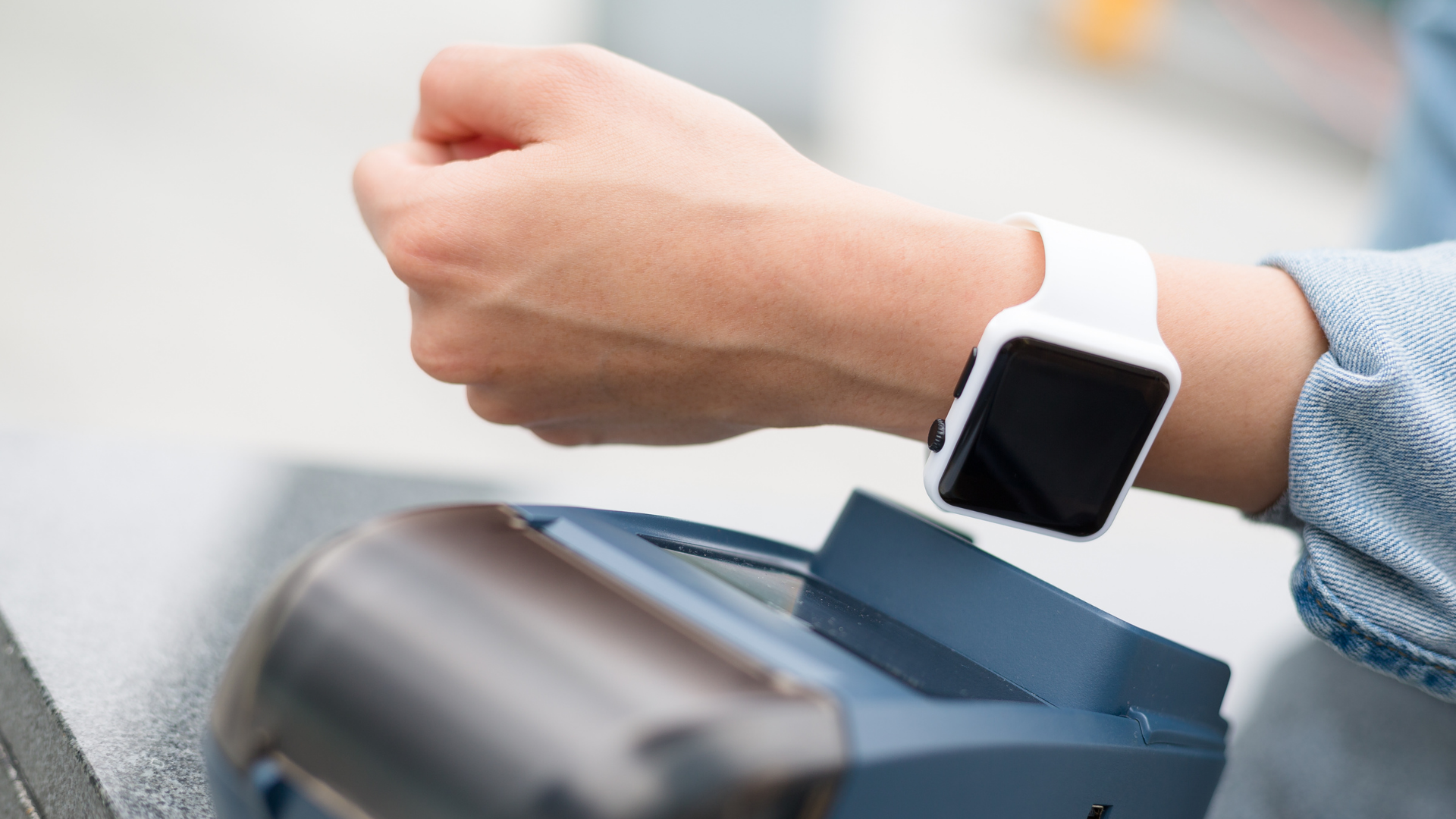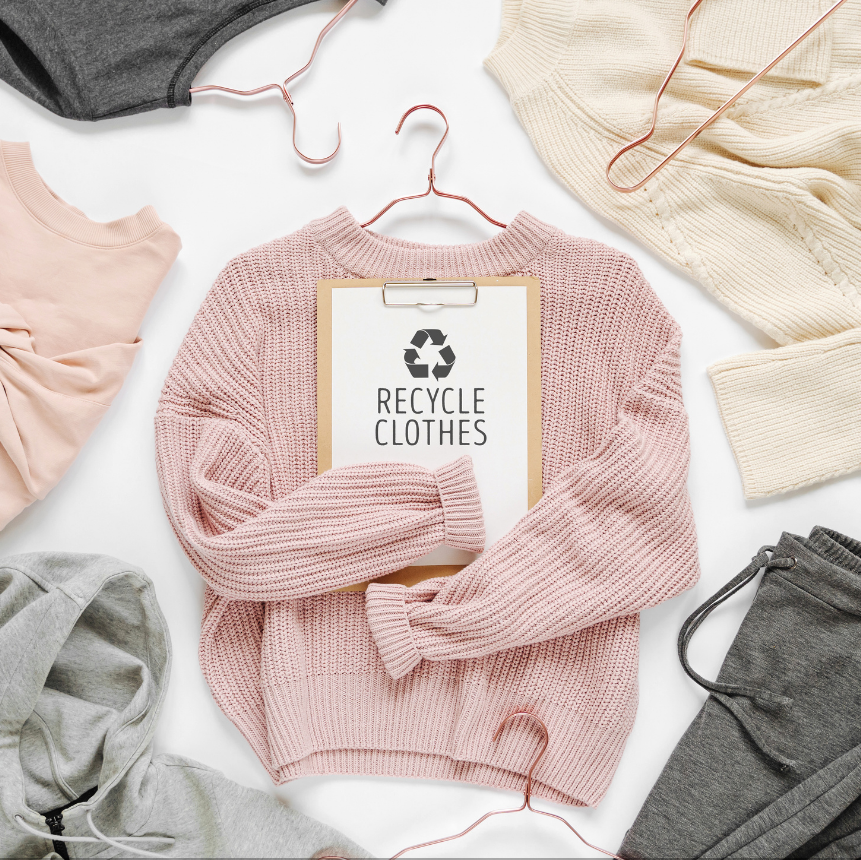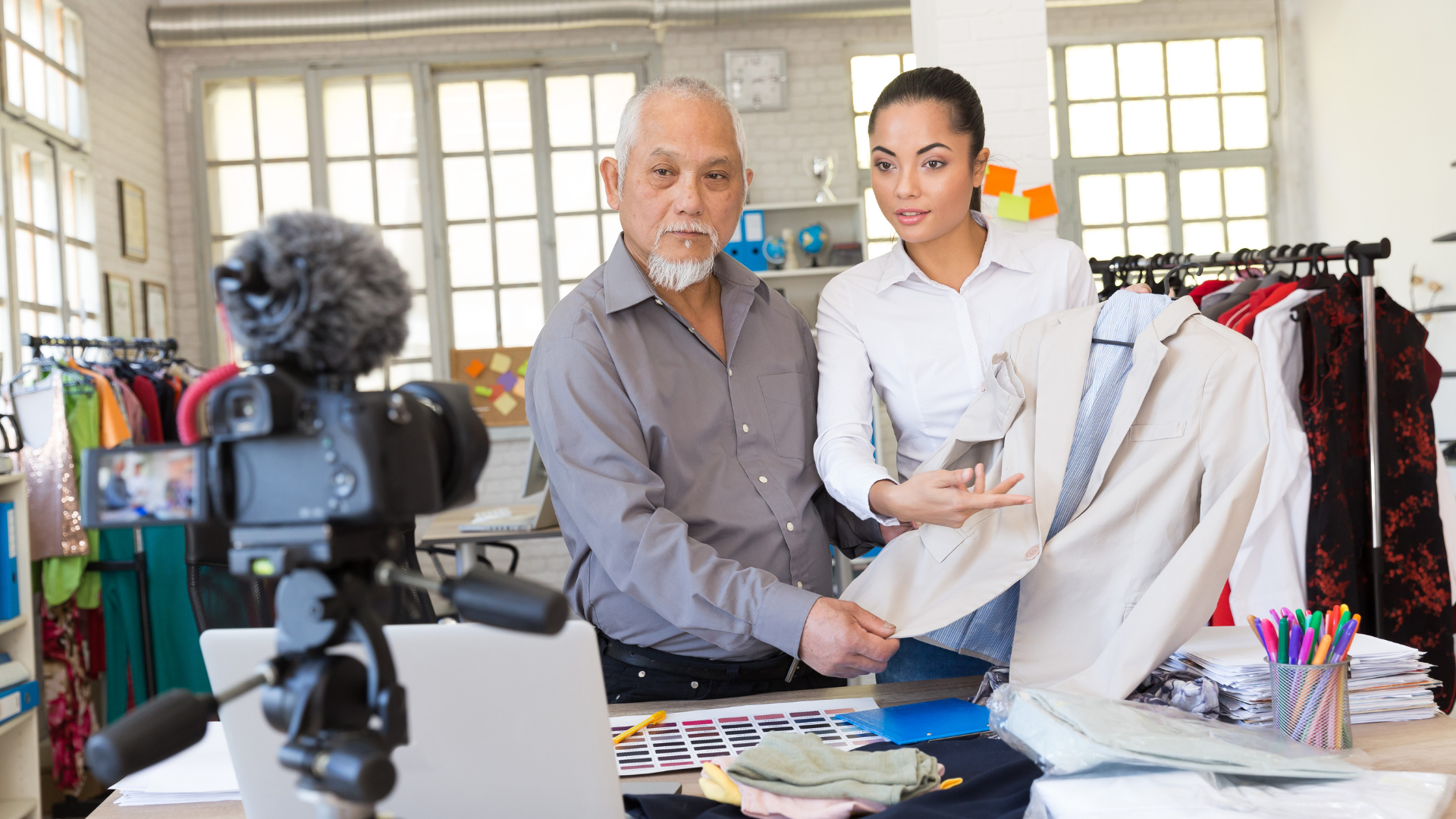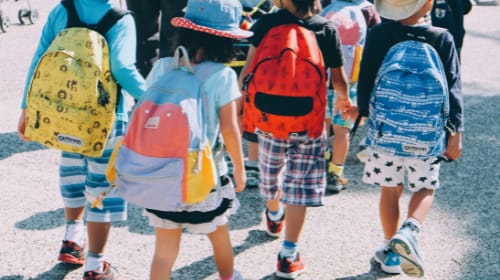As consumers rely on both digital and physical retail channels to shop, there is a new emphasis on ease of purchase, retail experience in-store and online, as well as sustainability efforts by retailers. Using insights from our data partner GWI, we explore 6 fashion trends and how brands and retailers can evolve with the times.
Purchase Channels – Connecting online and offline retail experience
Despite a huge movement toward online shopping, in-store purchases in categories like clothing, shoes, and accessories remained quite strong. Fashion buyers gravitate toward a mix of online and in-store, and using one channel doesn’t lead to the exclusion of the other. For example, while 85% of U.S. consumers said they purchased fashion items in-store, only 15% reported they had purchased items in-store only. Similarly, while 96% of Chinese buyers were purchasing goods online, just 19% said they did so exclusively online.
What next?
Fashion retailers may adopt a mix channel strategy to fit consumers’ needs and solve the pain points of single channel strategy. For example, a Thailand fashion brand Pomelo started its digital-only concept in 2013. However, it has grown into an omnichannel retailer within 5 years by testing the market with pop-up stores first, and then with flagships. The brand has over 100 retail outlets in Thailand where people who buy clothing online can have their orders delivered and try them on before taking them home, or they can return them or order an exchange if the fit is not right, paying only for what they keep. It’s an ingenious solution to one of the biggest pain points in online fashion retailing for vendors: significantly lowering returns which can run as high as 70% in some Asian markets.
 In-Store Technology – Boosts shopping experience
In-Store Technology – Boosts shopping experience
Fashion buyers are very receptive to solutions that improve the physical retail experience. 75% of fashion shoppers want retailers to offer up more solutions, with self check-out (32%), curbside pickup (26%), and mobile payment compatibility (22%) topping the list. Much of this is borne out of safety concerns and convenience.
Younger age groups have a desire for more digital touchpoints in stores. About 30% of 16-44s say QR codes in-store providing product information or payment would improve the retail experience. This stands in contrast to older groups who place more emphasis on frictionless in-store options such as self check-outs.
What next?
To remain relevant in this changed environment, physical retail locations need to adapt by building better links between online and offline touchpoints. It is the time to reimagine the omnichannel, where elements of the physical storefront connect to the online discovery, purchase and advocacy experiences in new ways facilitated by technology.
For example, a Finnish company Neste implemented self check-out solution to its retail stores, which enables 24/7 store availability. Meanwhile, the new technology offers visibility of inventory and the entire supply chain, leading to a reduction in labour costs of up to 50% for the retailer.
 Digital Consumer Engagement – Digitally-enabled store experience drives conversion
Digital Consumer Engagement – Digitally-enabled store experience drives conversion
According to fashion buyers, digitally-enabled solutions are important to drive in-store footfall. Over half of global shoppers said that receiving a personalised offer on their phone that they can use in-store would increase their likelihood of visiting a physical shop. Similarly, 44% said the same thing about digital experiences in-store (e.g. QR codes for product information), and 40% said that connected/smart fitting rooms would motivate them to visit.
Notably, those who mainly shop online are most receptive to digital solutions that might drive them in-store. 60% of predominantly online intenders are interested in personalised mobile offers to drive them in-store vs. 48% of those who planned to mostly shop in-store to begin with.
What next?
Brands and retailers must meet their customers online even if they want to get them offline. Adding more touchpoints to consumers’ purchase journey, such as retargeting them online after they have finished their purchase, would increase consumers’ return rate.
For example, Rebecca Minkoff partnered with eBay and Magento to create a digitally connected store, which uses “connected glass shopping walls” and digital fitting rooms to guide shoppers through the experience, while collecting data about customer preferences and trends. Within six months of implementation, the brand saw a sevenfold increase in ready-to-wear sales.
 Sustainability – Brands need to be responsible even after products leave the store
Sustainability – Brands need to be responsible even after products leave the store
Sustainability has become a key priority for buyers in more recent years as climate degradation worsens and issues around ethical labour come to light. In APAC, consumers name being “eco- friendly” (42%) and being “socially responsible” (40%) as among the top initiatives they want brands to be implementing today. 62% of people said that brands and retailers should be making end-of-life options accessible for their products, with 58% saying fashion brands should help consumers repair items, and 57% saying brands should help consumers resell items when they no longer want to keep them.
What next?
Brands and retailers should consider extending consumers’ usage of an item through proper care and repair, supporting them in responsibly disposing of that product, or reselling that item with assurances of authenticity. Those movements will not only display brands’ commitment to sustainability, but also help acquire new customers.
For instance, Knickey, an organic cotton underwear startup, offers free shipping labels and a pair of new undergarments to anyone who wants to send them unwanted underwear and socks. About half of Knickey’s recycling participants become new customers, and of the shoppers that redeem their coupon — often purchasing additional pairs at the same time — 43 % buy from the brand again.
 Transparency – Customers need to know the garment’s journey
Transparency – Customers need to know the garment’s journey
Fashion buyers express a strong interest in having transparency over the manufacturing and movement of their products. Over 60% of fashion buyers say it’s important that fashion brands source materials ethically and sustainably. What’s interesting here is that the demand for product transparency remains high across all groups; it’s not just those with an established interest in sustainability who are asking for this. More than 40% in the U.S., more than 50% in Europe, and almost 70% in China say they want to have more information about the journey their clothes went on before they make a purchase.
What next?
Due to the rising attention on sustainability and ethics, fashion brands need to be more transparent to customers about what materials they choose and how they manufacture products, in order to maintain a positive brand reputation.
Earlier this year, fashion brands like Adidas and Burberry faced a dilemma – either respect a boycott on cotton from China’s Xinjiang region which reportedly produced using forced Uyghur labour, or lose access to the world’s biggest consumer market. This was triggered by the incident that H&M was reportedly profiting from modern-day slavery, and it then promised last year to stop buying cotton from Xinjiang.
Secondary Marketplace – Thriving secondhand retail business
More than half of fashion buyers have purchased second- hand fashion items. The younger a person is, the more likely they are to be purchasing second-hand fashion goods. Females and lower income fashion buyers are also more prone to this activity.
What’s more, there is proven interest in fashion rental platforms globally, especially in APAC. One-third of fashion buyers in China have rented fashion goods, making rental nearly as popular as second-hand purchasing in this APAC market.
What next?
Retailers and fashion designers who set a higher price range have a chance to target at another segment of consumers instead of only focusing on high-income groups. Brands can now collaborate with fashion rental platforms such as Rent the Runway and Style Theory, to attract more consumers who try to avoid fast fashion but deem that the higher-end brands are out of their budget. This could also help brands to get the data and own the relationship with the customers who will potentially turn into a purchaser after they receive good experience from renting fashion goods from the brand.
Check out our commerce services or get in touch with our data and insights specialists here.



